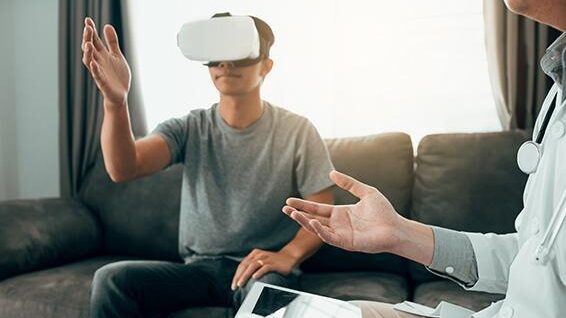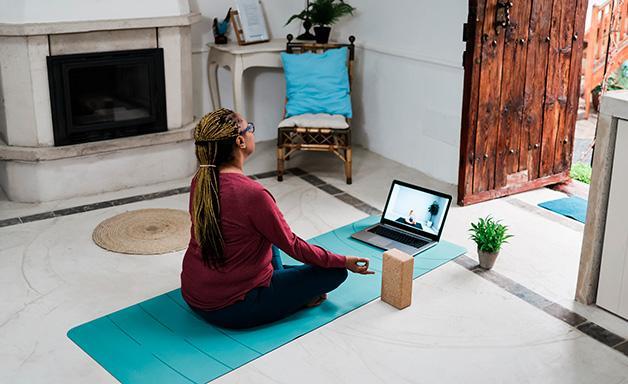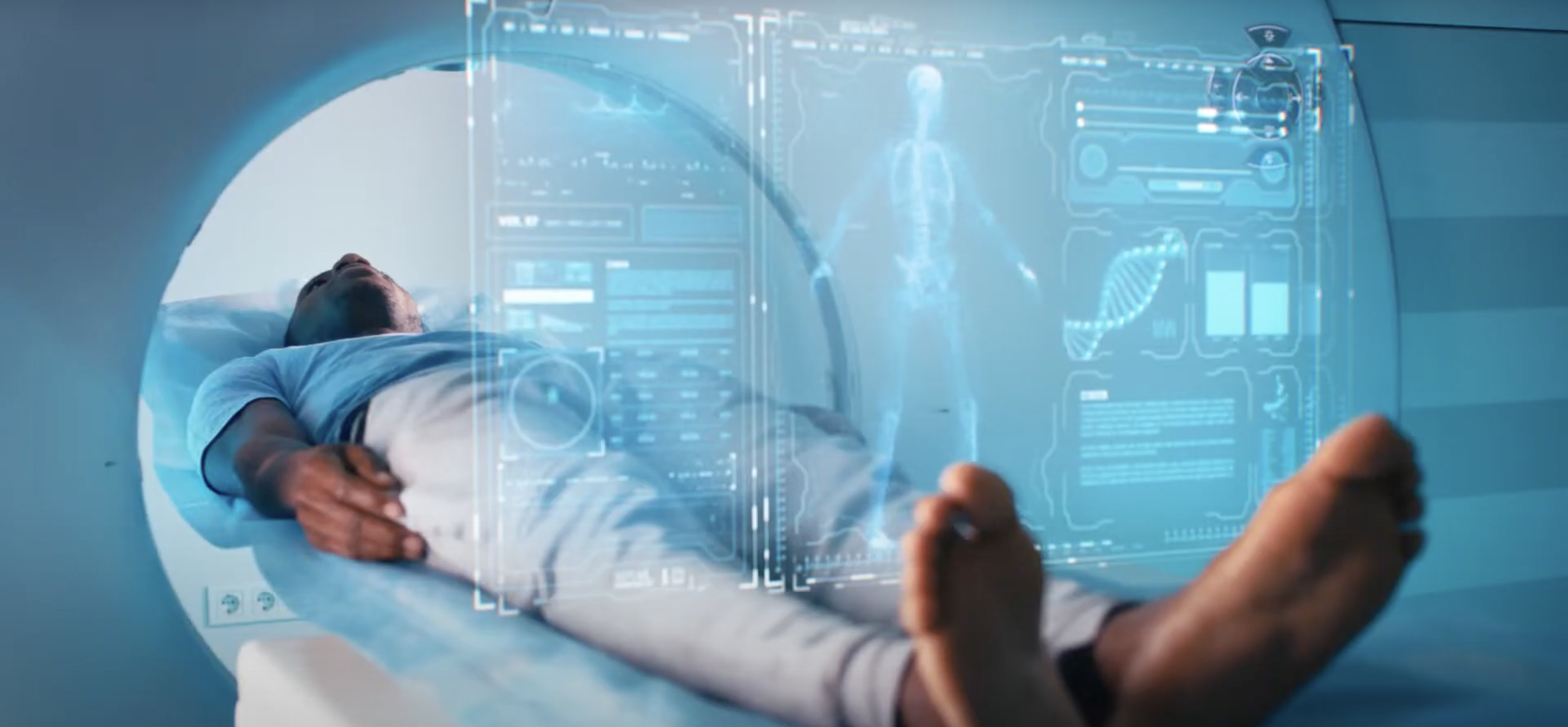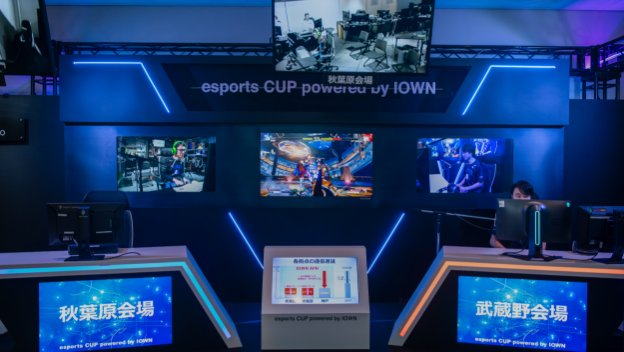August 2nd, 2021
3 min read

As people look for new ways to participate in their health and wellbeing journey, technologies and digital innovations provide the means for improvements. As we shift away from ‘healthcare’ and move towards a lifelong holistic outlook, technologies play an essential role in supporting a more proactive approach. Below we explore some of the most promising innovations shifting us towards a more human-friendly, trustworthy, knowledge-driven, and technology-enabled world of health and wellbeing.
#01: Big data fabric and integration fabrics
These two technologies help overcome the challenges of data silos in today’s health and wellbeing systems. Big Data Fabric supports the seamless, real-time integration and management of data across the supporting Health and Wellbeing ecosystem. At the same time, Integration Fabrics create a ‘virtual web’ connecting processes and infrastructures.

#02: Bio digital twins
The innovation promises to aid the prevention of acute diseases and improve chronic disease management. Digital twin computing refers to the detailed mapping of elements of the physical world into a virtual world. A Bio Digital Twin is a digitized model of a person, from an organ to an entire body. The mapping of bodies will make it possible to predict future mental and physical conditions. As a result, the efficacy of treatments can be expected, and diagnosis can be improved. Creating digitized models also removes the burden of experimentation on both doctors and patients, allowing for new treatments and therapies to be tested in the virtual world before physical application.

#03: Closed-loop remote patient monitoring
Closed-loop remote patient monitoring allows for the continuous monitoring of a patient’s condition through constant data feedback. This feedback means patients receive care as soon as they need it before their condition deteriorates. Patients’ responses to treatment can also be monitored and understood more accurately. Remote monitoring means patients can receive care outside of a hospital setting, in their own space, which could vastly improve comfort levels and mental wellbeing during treatment.

#04: Immersive technologies
Immersive technology such as virtual reality (VR), augmented reality (AR), and mixed reality (MR) replace or expand the physical world, creating a virtual space where users can see and interact. Richer, multi-sensory experiences are accessed using immersive devices or spaces, offering richer and more engaging health and wellbeing activities.

#05: Quantified self and wearables
Quantified Self refers to individuals’ ability to continuously track their health, including heart rate, blood pressure and, in some cases, oxygenation and glucose levels. This approach will make it easier for people to seek treatment as and when appropriate. Wearables are devices that rely on sensors to be worn or merge with the body to monitor, diagnose and treat.

#06: Relational artificial intelligence
Relational Artificial Intelligence (AI) refers to intelligent machines that build digital relationships with humans. This technology facilitates a shift away from transactional AI (including smart speakers, chatbots and virtual assistants) to AI agents that nurture empathetic and trustworthy relationships with users. Relational AI enables creating health and wellbeing digital companions that could act as wellbeing coaches or anti-loneliness agents.

#07: Sentiment analysis and mood hacking
Sentiment analysis refers to the computational identification and categorization of emotions and states of mind, expressed in digital form. Mood hacking refers to the digital influencing of the feelings of a user. These technologies will enable machines to exercise emotional intelligence and interpret humans’ emotional states and adapt behavior accordingly. This analysis will result in more appropriate responses to situations based on human emotions.

#08: Smart workplaces
New human-centric, intelligent and sustainable workspaces are improving health and wellbeing. Using innovative technologies, the safety and comfort of working environments increase, enhancing engagement and productivity. These technologies transform the workplace into space (physical or virtual) that enhances employees’ and clients’ wellness.

#09: Digital marketing of one
Digital marketing, for one, refers to the leveraging of data analysis to deliver individualized messages and content to each user. This approach will support individuals on their health and wellbeing journey by providing customized, relevant information and motivation.

#10: Wellbeing digital platforms
Living through the Covid-19 pandemic has made us realize the extent to which communities and broader society play a role in our health. We have learned that the decisions and actions of those around us, from our neighbors to policymakers in government, can directly impact our health and wellbeing.





